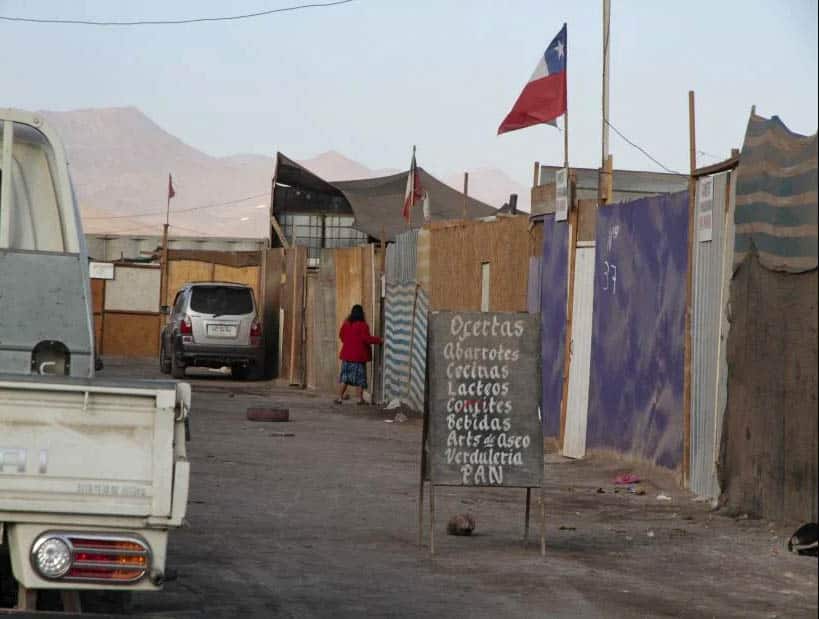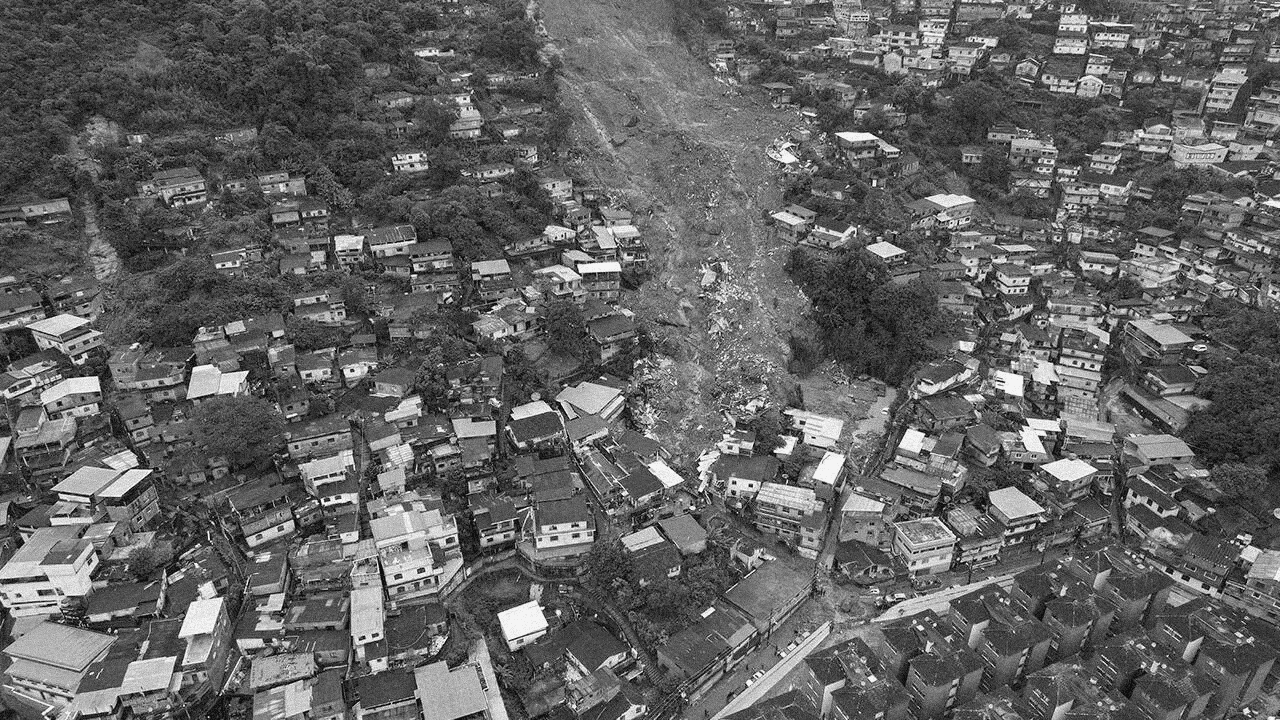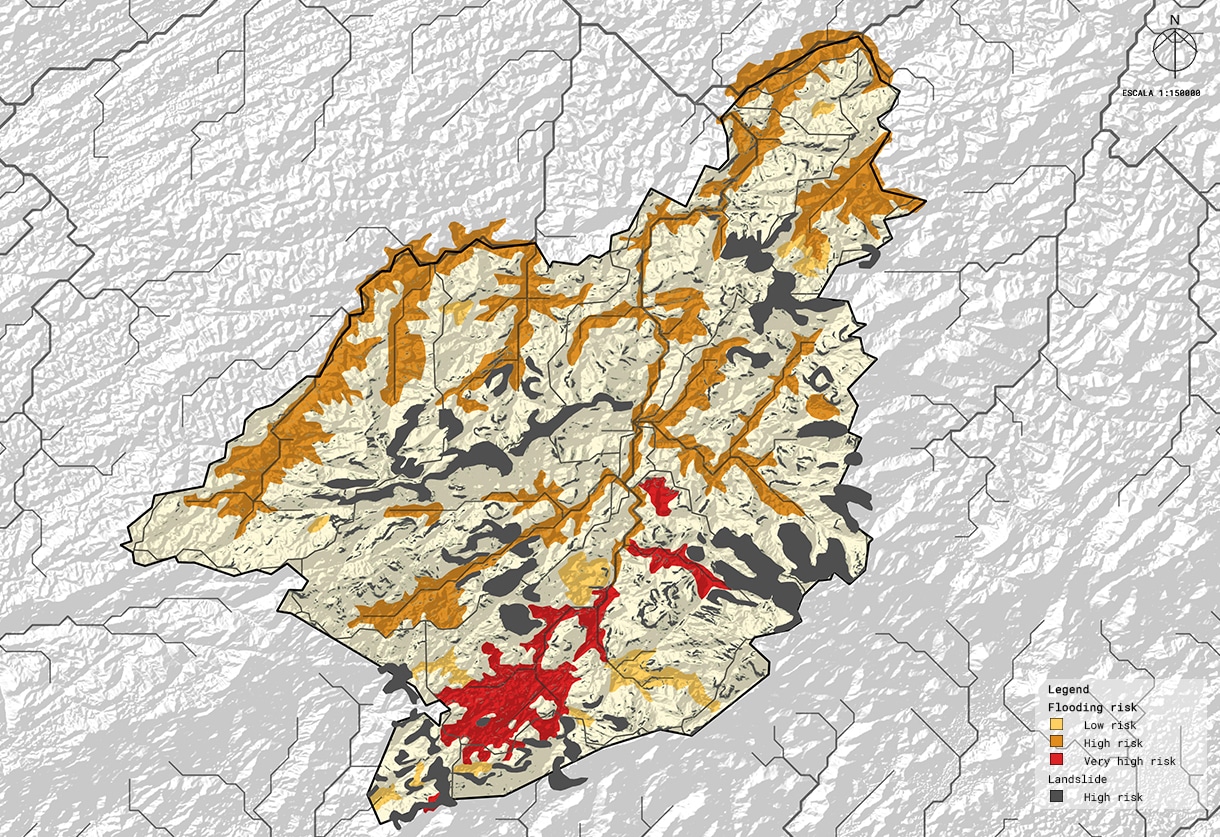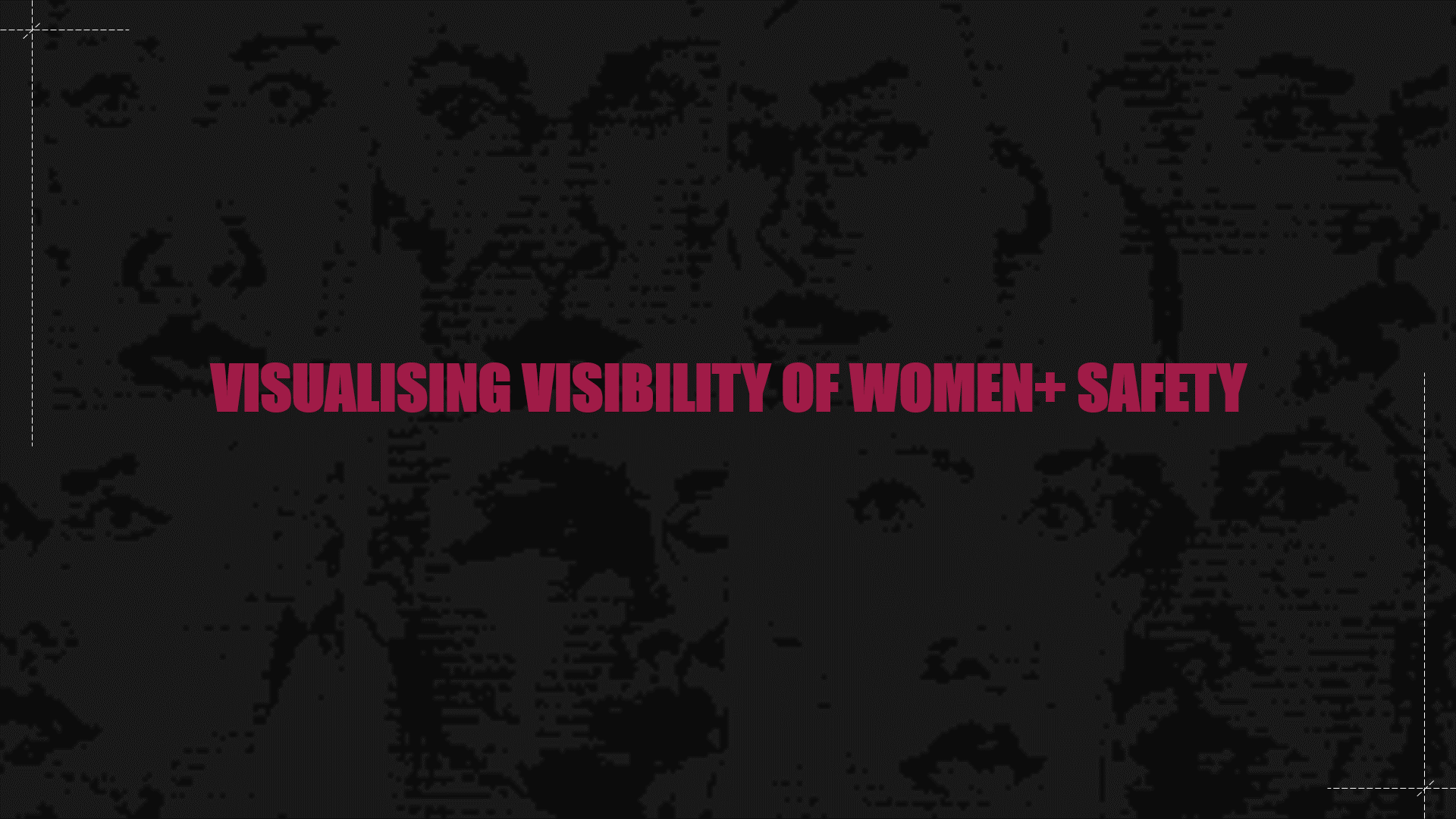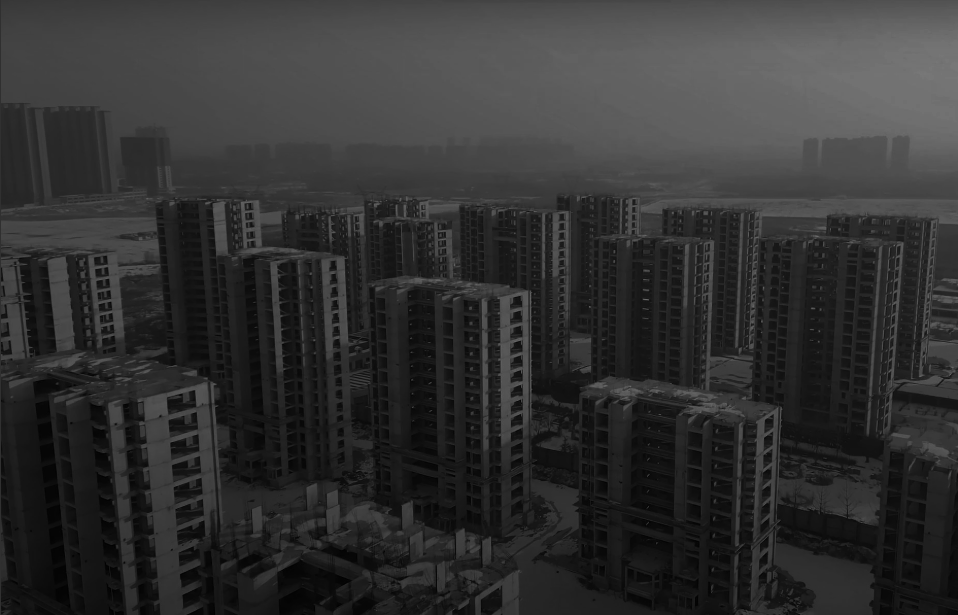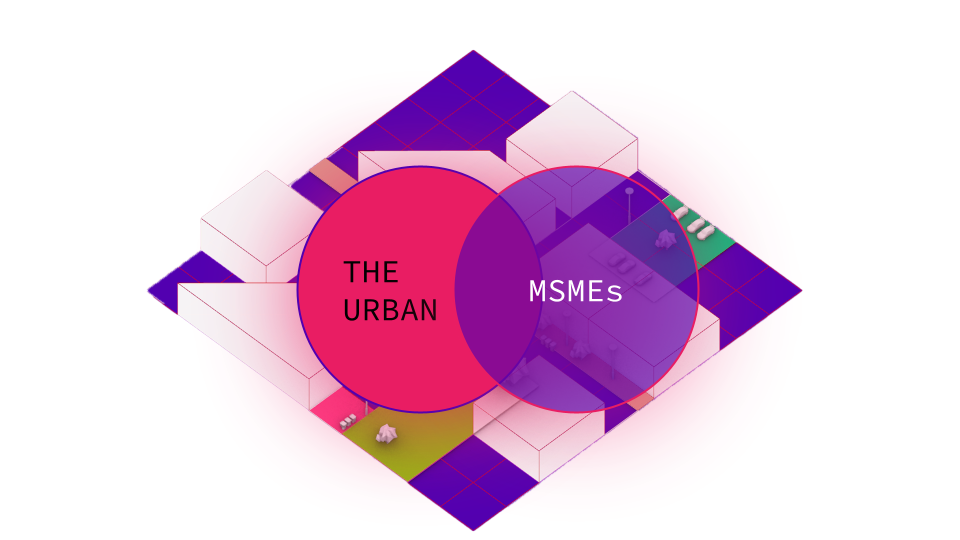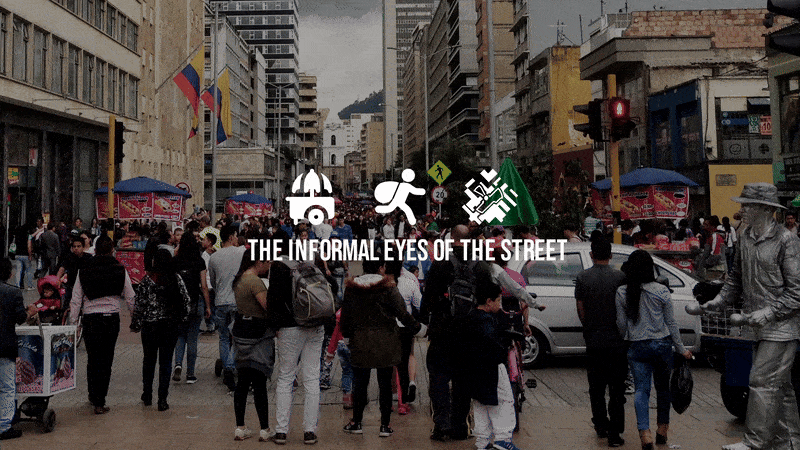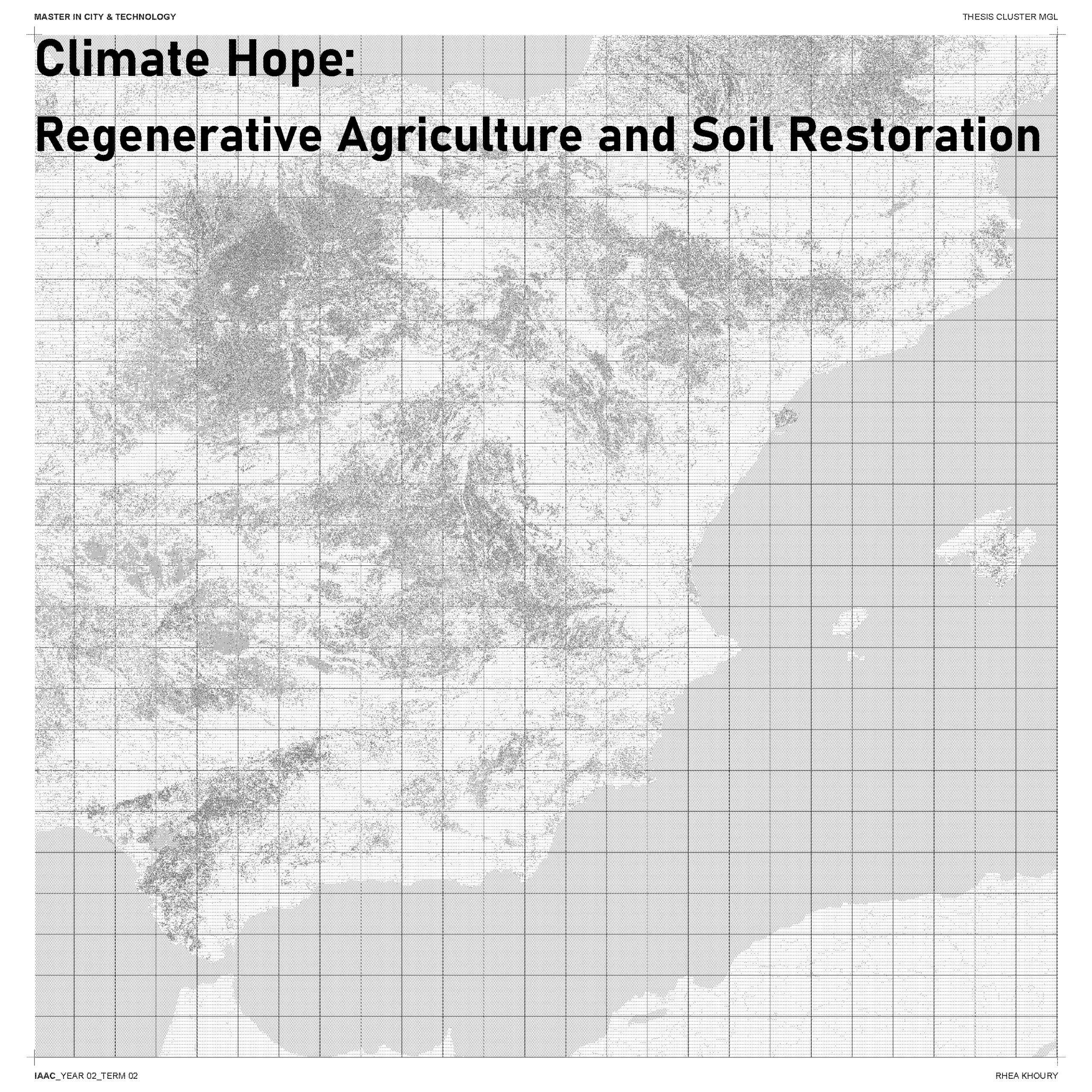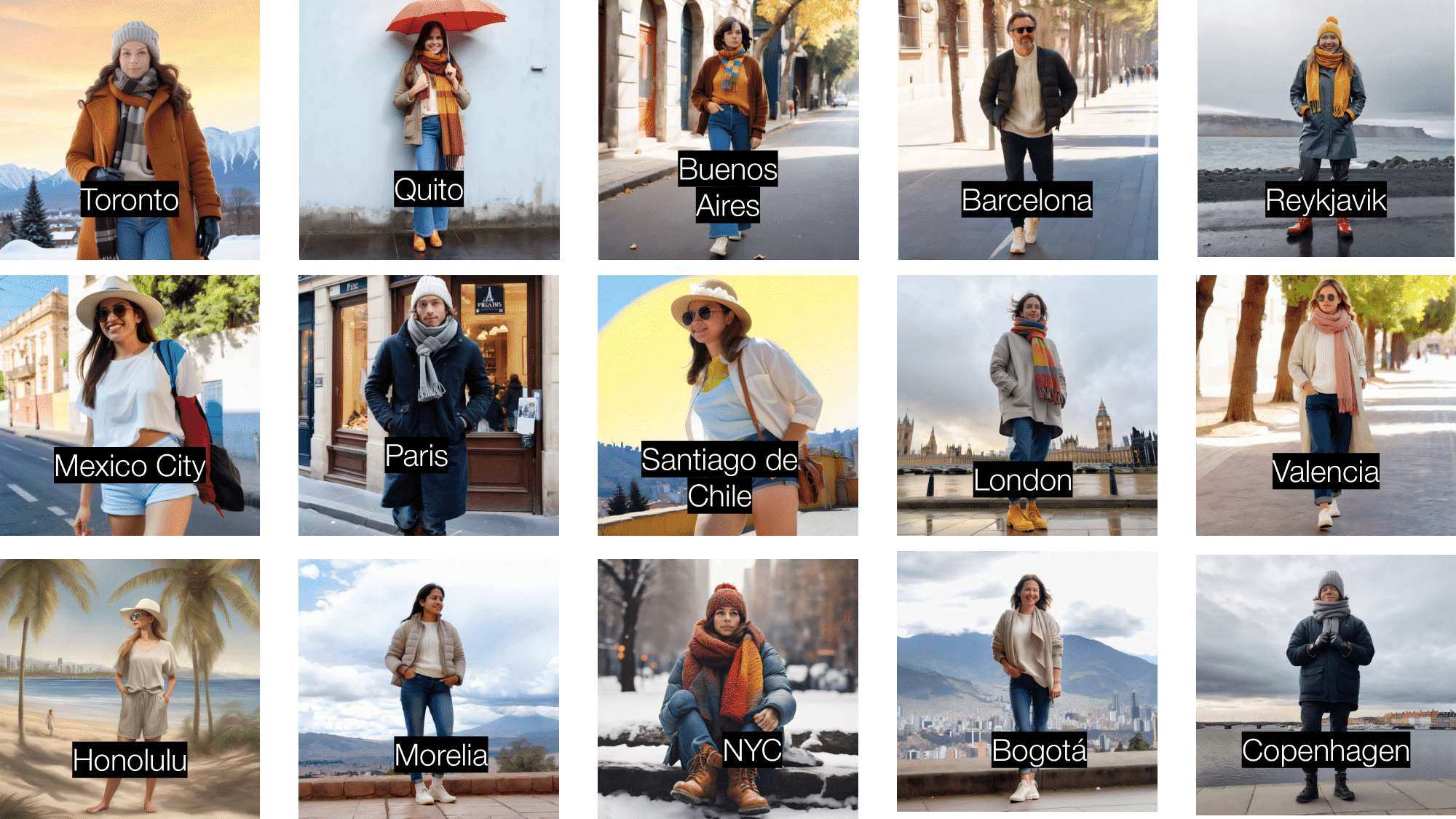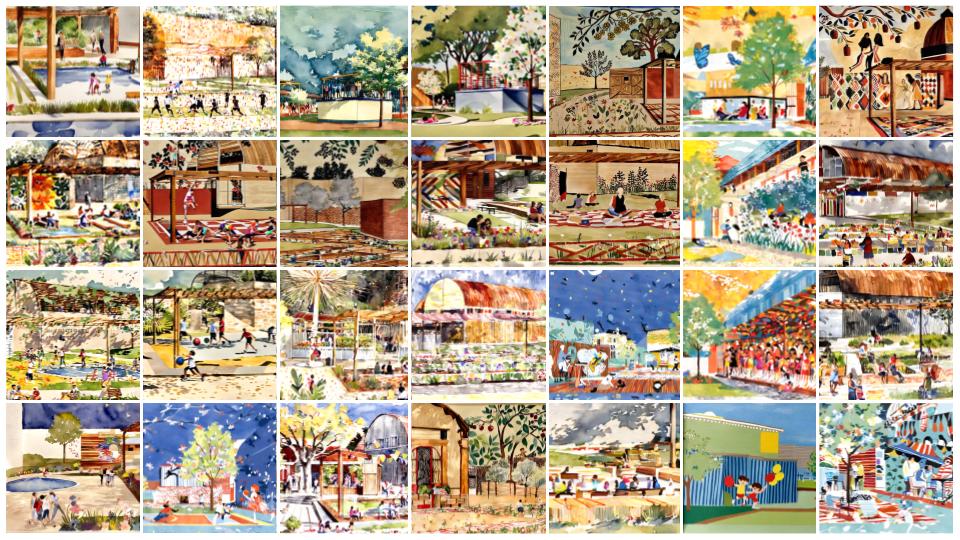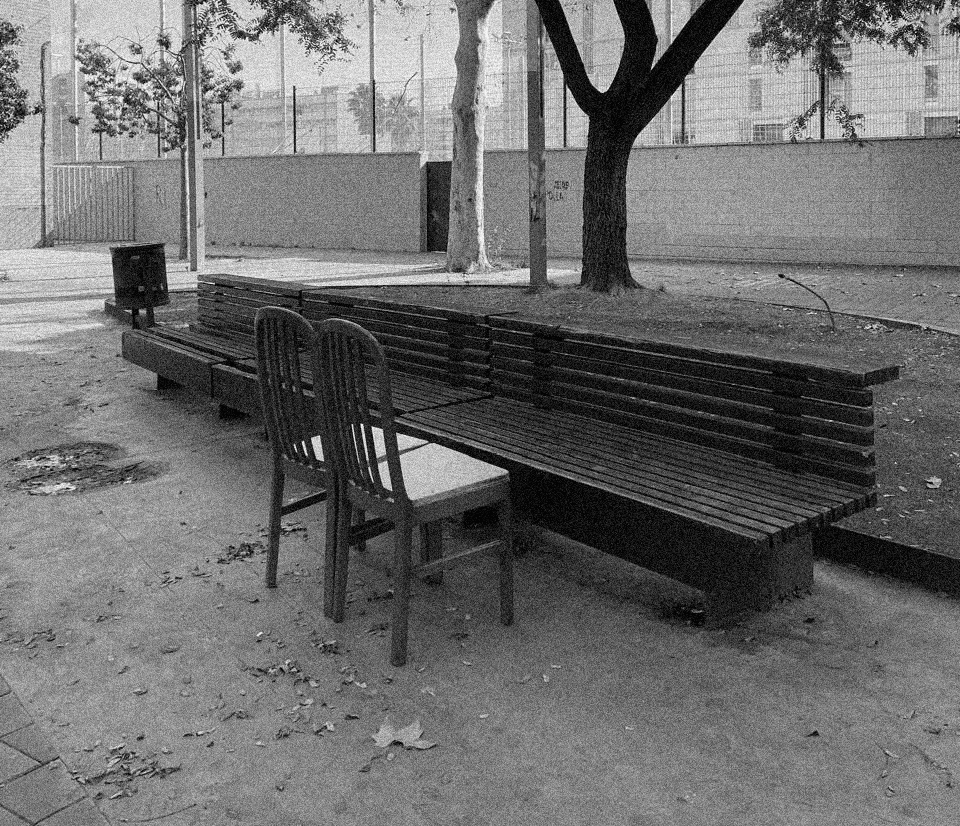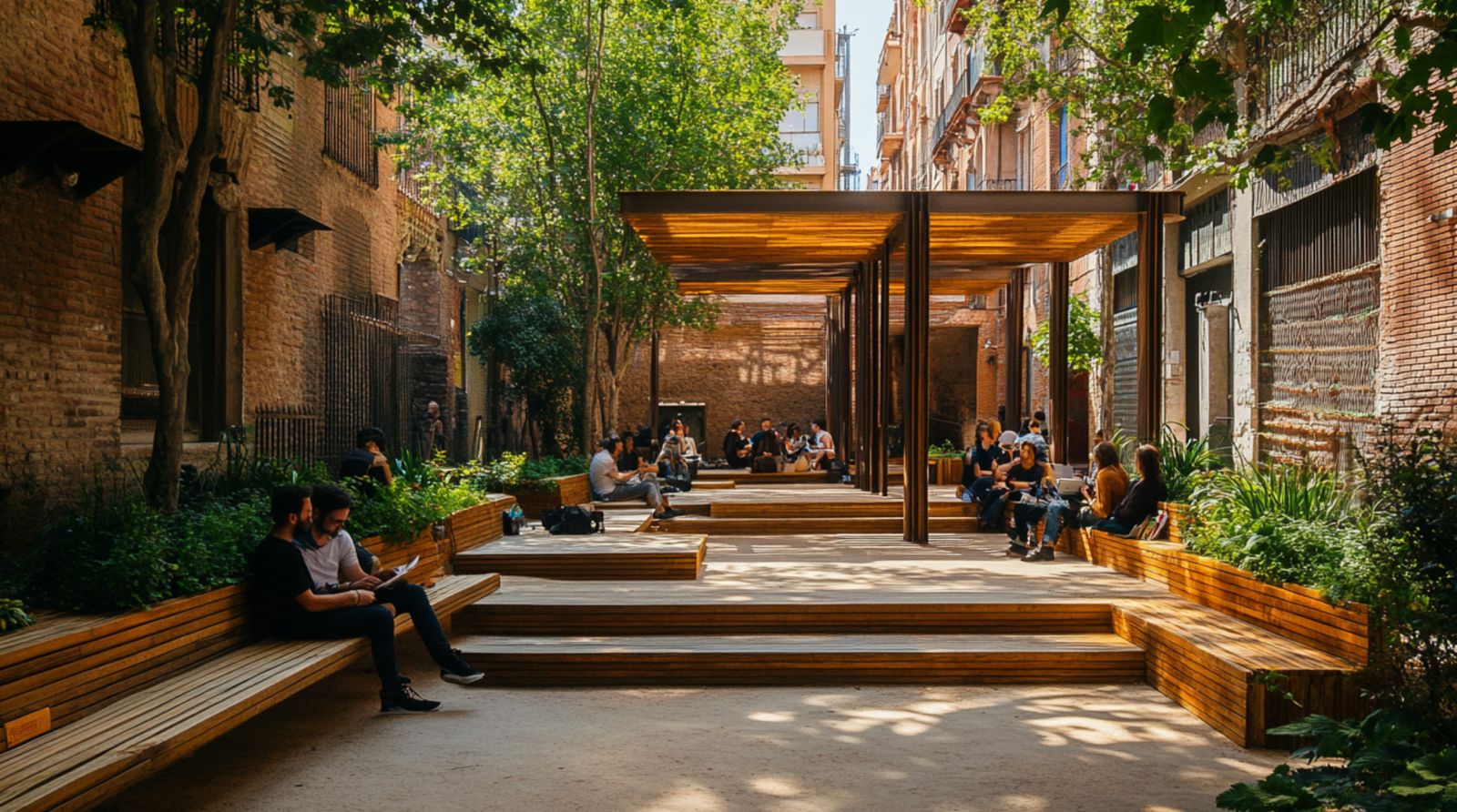Beyond the Formal: Alto Hospicio
Behind the scenes We began our story-making process using another research project as a jumping-off point. In another course, we explored the detection and analysis of informal settlements in Northern Chile through satellite imagery. We wanted to invert our perspective and work with the topic of informality from the perspective of experiencing life in camps … Read more

